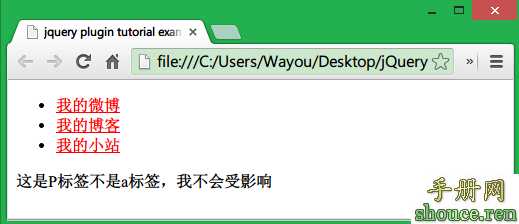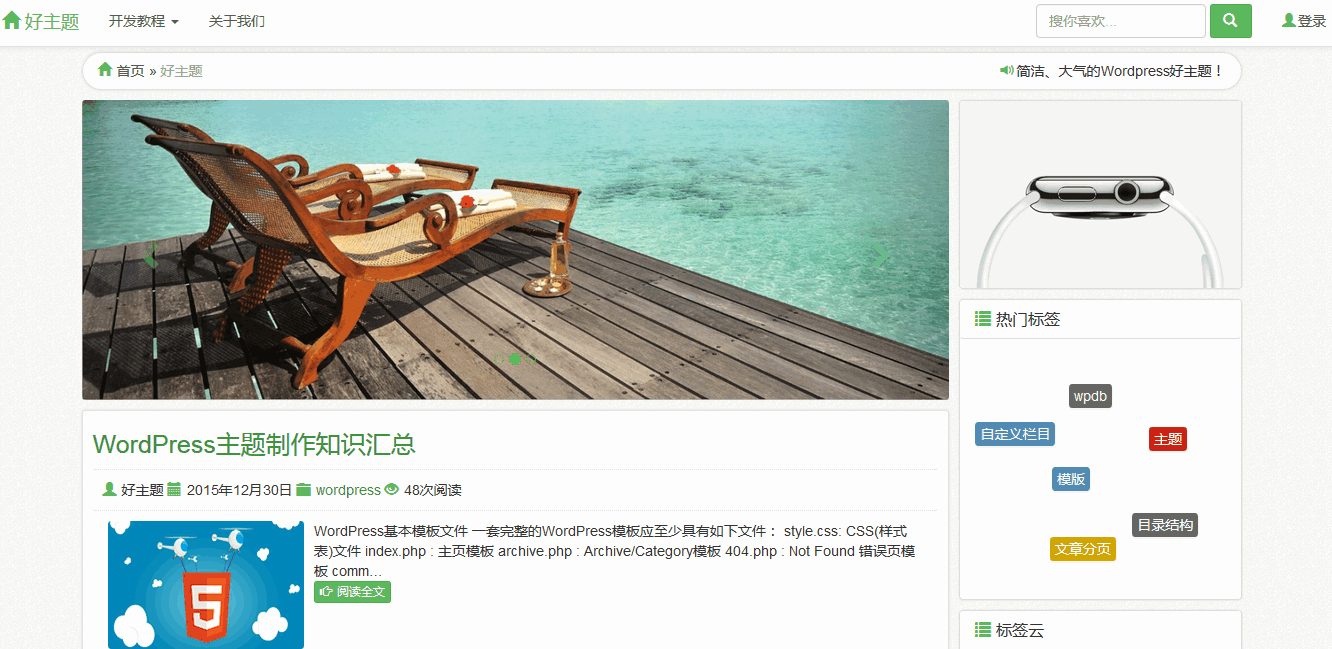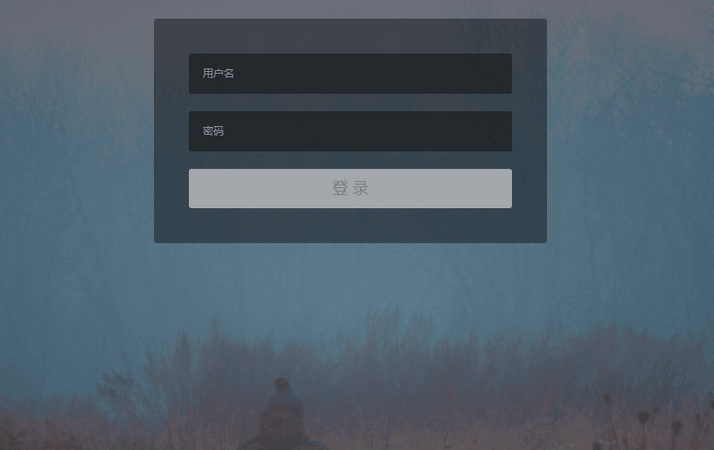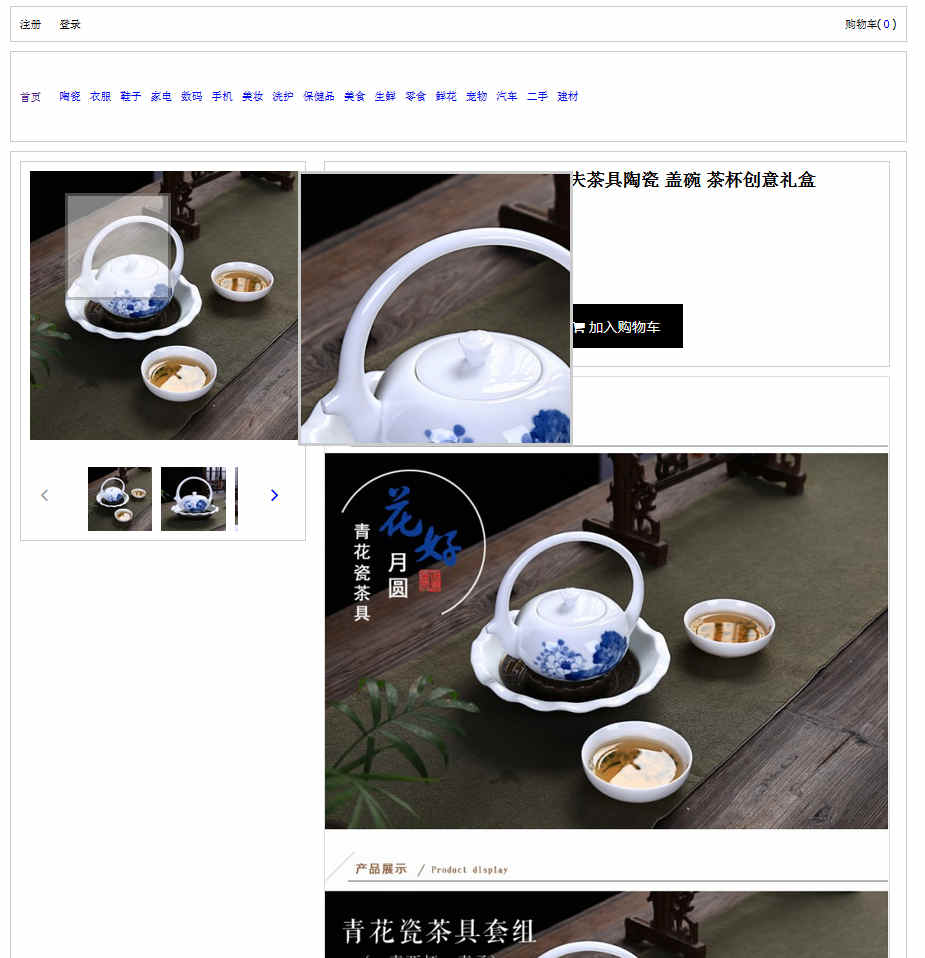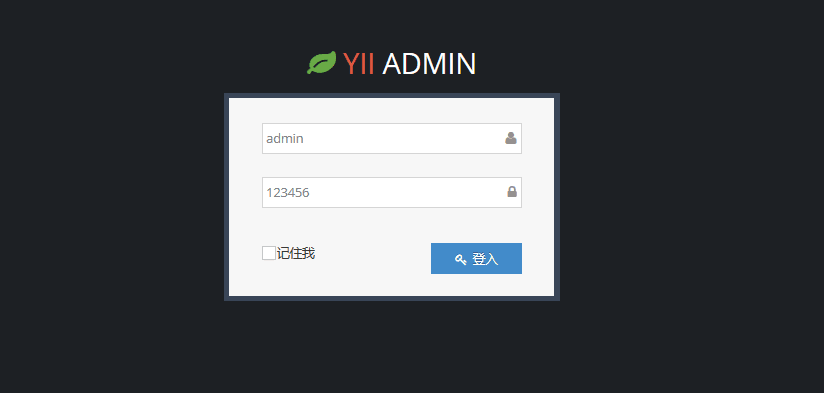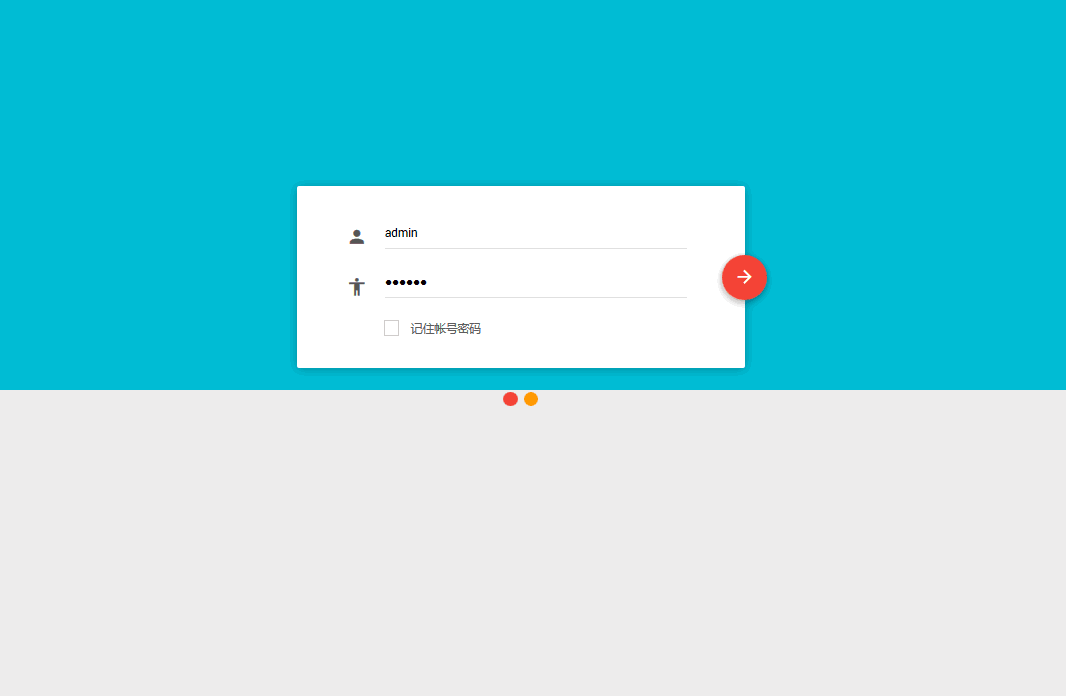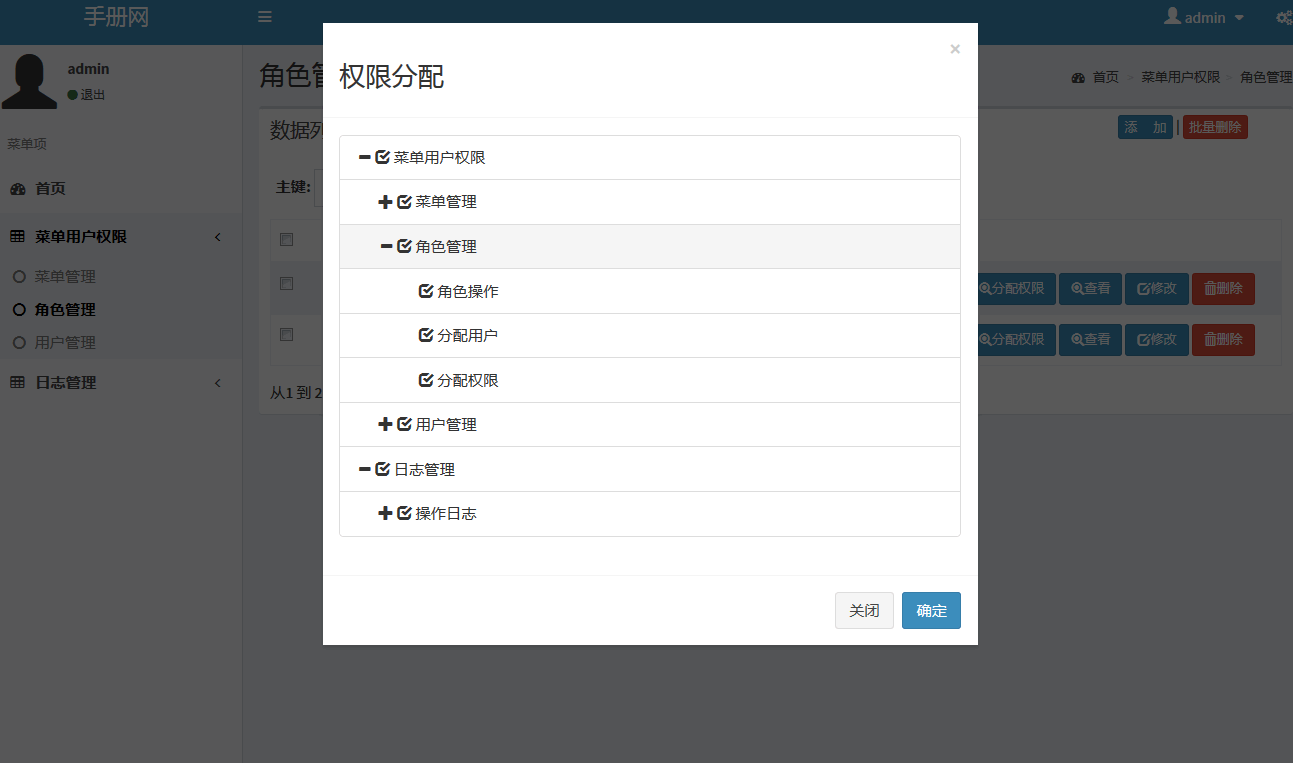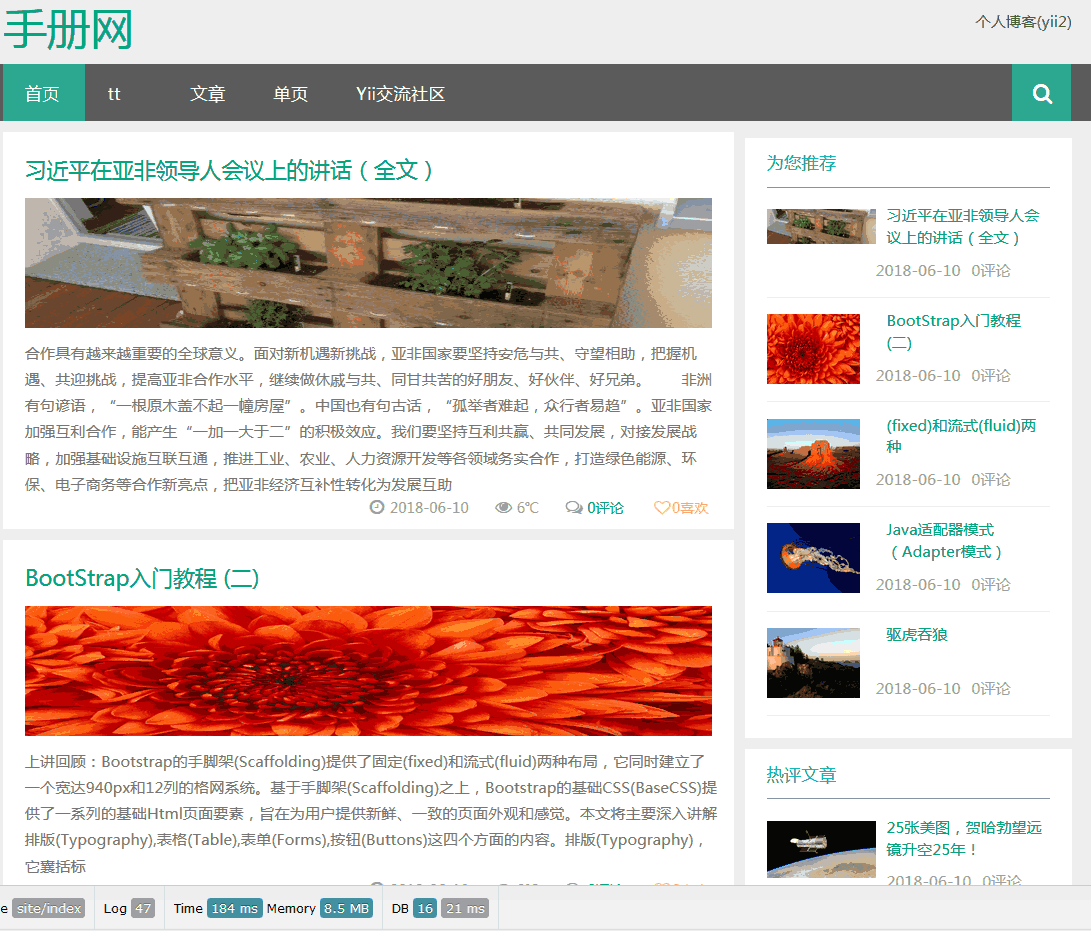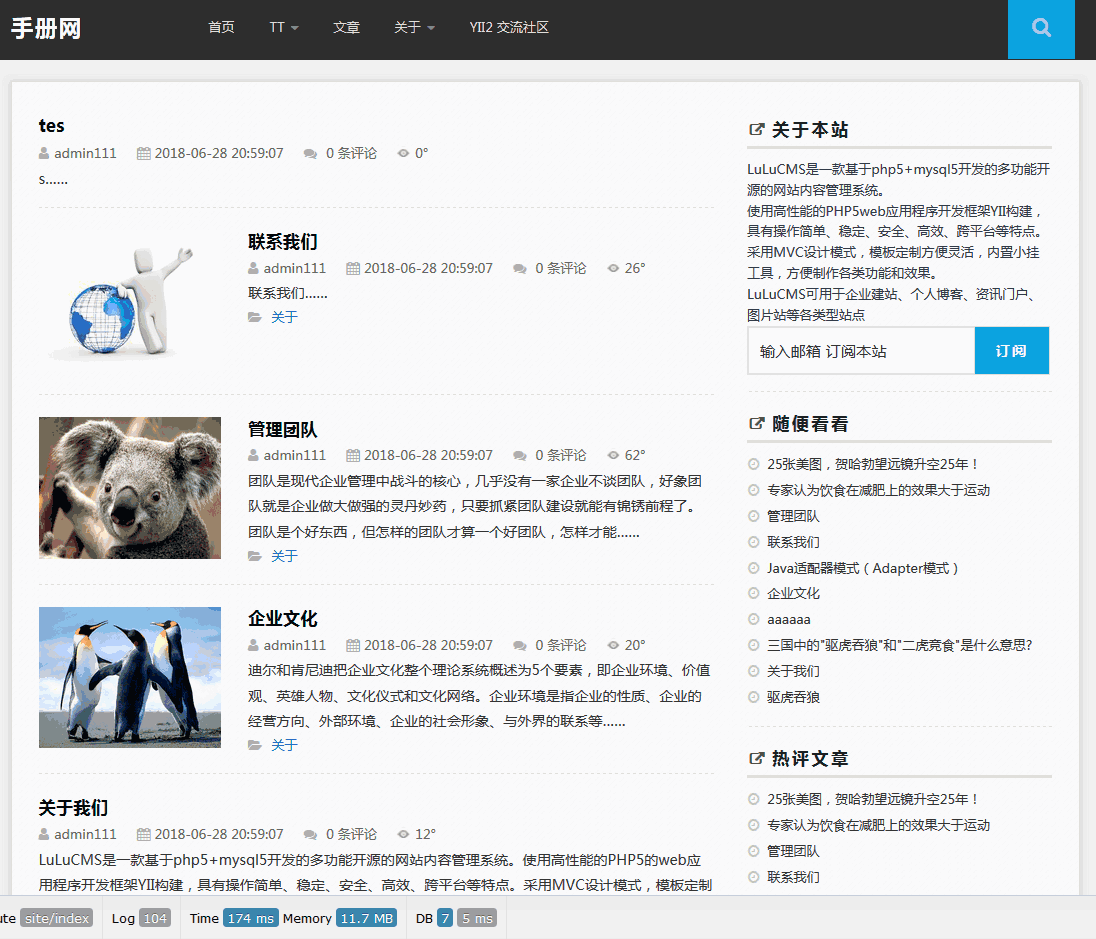Android简明开发教程十六:Button 画刷示例
将RadioButton 换成Button ,类似的在res\layout 中新建brush.xml:
<?xml version=”1.0″ encoding=”utf-8″?>
<LinearLayout xmlns:android=”http://schemas.android.com/apk/res/android”
android:orientation=”vertical”
android:background=”@drawable/white”
android:layout_width=”fill_parent”
android:layout_height=”fill_parent”>
<com.pstreets.graphics2d.GuidebeeGraphics2DView
android:id=”@+id/graphics2dview”
android:layout_weight=”1″
android:layout_width=”fill_parent”
android:layout_height=”wrap_content”/>
<LinearLayout xmlns:android=”http://schemas.android.com/apk/res/android”
android:layout_width=”wrap_content” android:layout_height=”wrap_content”
android:orientation=”horizontal”
>
<Button android:text=”Pattern”
android:id=”@+id/btnPattern”
android:layout_width=”wrap_content”
android:textColor=”@color/black”
android:checked=”true”
android:layout_height=”wrap_content”>
</Button>
<Button android:text=”Gradients”
android:id=”@+id/btnGradients”
android:layout_width=”wrap_content”
android:textColor=”@color/black”
android:layout_height=”wrap_content”>
</Button>
</LinearLayout>
</LinearLayout>
修改Brushes.java ,完整代码如下:
public class Brushes extends Graphics2DActivity
implements OnClickListener {
private Button btnPattern;
private Button btnGradients;
public void onCreate(Bundle savedInstanceState) {
super.onCreate(savedInstanceState);
setContentView(R.layout.brush);
graphic2dView = (GuidebeeGraphics2DView)
findViewById(R.id.graphics2dview);
btnPattern = (Button) findViewById(R.id.btnPattern);
btnGradients = (Button) findViewById(R.id.btnGradients);
btnPattern.setOnClickListener(this);
btnGradients.setOnClickListener(this);
}
@Override
protected void drawImage() {
drawPatterns();
}
@Override
public void onClick(View view) {
if (view == btnPattern) {
drawPatterns();
} else {
drawGradient();
}
graphic2dView.refreshCanvas();
}
private void drawPatterns() {
TextureBrush brush1;
TextureBrush brush2;
TextureBrush brush3;
AffineTransform matrix1 = new AffineTransform();
AffineTransform matrix2 = new AffineTransform();
Bitmap bitmap
= BitmapFactory.decodeResource(getResources(),
R.drawable.brick);
int[] rgbData = new int[bitmap.getHeight()
* bitmap.getWidth()];
bitmap.getPixels(rgbData, 0, bitmap.getWidth(), 0, 0,
bitmap.getWidth(), bitmap.getHeight());
brush1 = new TextureBrush(rgbData, bitmap.getWidth(),
bitmap.getHeight());
bitmap = BitmapFactory.decodeResource(getResources(),
R.drawable.bird);
rgbData = new int[bitmap.getHeight() * bitmap.getWidth()];
bitmap.getPixels(rgbData, 0, bitmap.getWidth(), 0, 0,
bitmap.getWidth(), bitmap.getHeight());
brush2 = new TextureBrush(rgbData, bitmap.getWidth(),
bitmap.getHeight());
brush3 = new TextureBrush(rgbData, bitmap.getWidth(),
bitmap.getHeight(), 127);
matrix2.translate(50, 50);
// Clear the canvas with white color.
graphics2D.clear(Color.WHITE);
graphics2D.setAffineTransform(matrix1);
graphics2D.fillRectangle(brush1,
new Rectangle(20, 50, 100, 100));
graphics2D.fillOval(brush2, 10, 10, 80, 80);
graphics2D.setAffineTransform(matrix2);
graphics2D.fillOval(brush3, 10, 10, 80, 80);
}
private void drawGradient() {
/* The linear gradient color */
LinearGradientBrush brush1;
/* The radial gradient color */
RadialGradientBrush brush2;
/* The second radial gradient color */
RadialGradientBrush brush3;
char[] engText = "Brush".toCharArray();
FontEx font = FontEx.getSystemFont();
int fontSize = 44;
int X = 15;
int Y = 50;
int[] fractions = new int[] { 13, 242 };
Color[] colors = new Color[] { new Color(0xffff6600),
new Color(0xffffff66) };
brush1 = new LinearGradientBrush(50, 50, 150, 125,
fractions, colors,
Brush.NO_CYCLE);
fractions = new int[] { 13, 128, 255 };
colors = new Color[] { new Color(0xffff6600),
new Color(0xffffff66),
new Color(0xffff6600) };
brush2 = new RadialGradientBrush(90, 100, 50,
fractions, colors);
fractions = new int[] { 0, 255 };
colors = new Color[] { new Color(0xFFFFFF00),
new Color(0xFF000000) };
brush3 = new RadialGradientBrush(50, 50, 100,
fractions, colors);
// Clear the canvas with white color.
graphics2D.clear(Color.white);
graphics2D.fillRectangle(brush1,
new Rectangle(10, 75, 120, 80));
Pen pen = new Pen(brush2, 8);
graphics2D.drawOval(pen, 20, 60, 100, 50);
graphics2D.setDefaultBrush(brush3);
pen = new Pen(brush2, 2);
graphics2D.setDefaultPen(pen);
graphics2D.drawChars(font, fontSize, engText, 0,
engText.length, X, Y);
}
}

介绍了RadioButton和Button 后,这时应该对使用Android提供的控件的用法有了基本的认识。 控件提供了onClick(),onLongClick(),onFocusChange(),onKey(),onTouch(),onCreateContextMenu()等多种事件以相应用户。用多种方法来处理用户事件。一种是示例代码同过Activity实现OnClickListener接口,再有是采用如下代码为Button支持事件处理方法:
// Create an anonymous implementation of OnClickListenerprivate
OnClickListener mCorkyListener = new OnClickListener() {
public void onClick(View v) {
// do something when the button is clicked
}
};
protected void onCreate(Bundle savedValues) {
...
// Capture our button from layout
Button button = (Button)findViewById(R.id.corky);
// Register the onClick listener with the implementation above
button.setOnClickListener(mCorkyListener);
...
}
在创建自定义控件时,也可以重载onKeyDown(int, KeyEvent),onKeyUp(int, KeyEvent) ,onTouchEvent(MotionEvent)等来处理用户事件。



